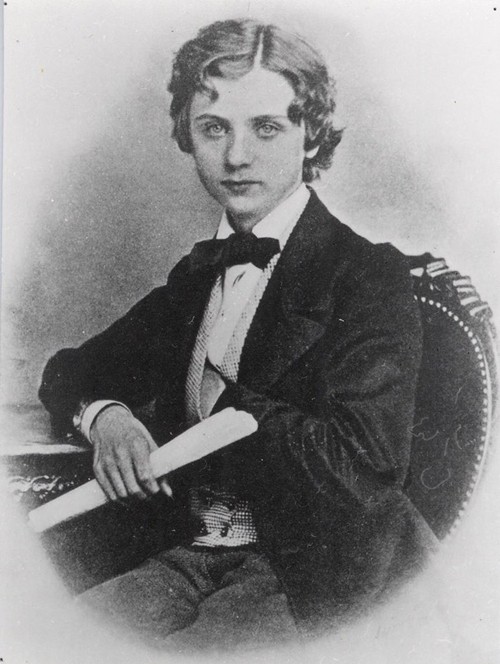
Yesterday afternoon, as a reward for mopping the kitchen floor, I listened with one of the dogs to a CD recorded by the incomparable and famously eccentric Canadian pianist Glenn Gould. He was playing Bach’s refreshingly joyous English Suite No 2 recorded in the 1970s. The music sounded as sparkling as ever and the dog thought so too.
It occurred to me that the suite must be one of the oldest musical forms. It can be created by merely stringing a few separate pieces together. Centuries ago, someone may have decided to play a few pieces as a group, thus making a more substantial musical offering. We know that during the 15th century, dances were often paired together to create contrasting longer pieces.
In the 17th century, composers often wrote a group of three or four pieces for keyboard or lute, intended to be played one after another. They were usually based on the popular European court dances of the time, such as the allemande, the courante, the sarabande and the gigue. There was no limit to the number of movements in a suite. In France, some lute and keyboard suites were published that contained as many as seventeen or eighteen separate pieces but by the end of the Baroque four of five movements had become pretty much the standard.
In these instrumental suites, the court dances were transformed into elegant and sophisticated compositions, far removed in style and spirit from the superficial gaiety of the ballroom. The dances of the suite were nearly always in the same key, which added a sense of unity and they were intended purely for listening rather than for dancing. During the Baroque, the suite was one of the most important musical forms and its greatest exponent was undoubtedly Johann Sebastian Bach. His six suites for unaccompanied cello are still essential study for aspiring cellists and his English and French suites for keyboard remain part of the standard repertoire.
Bach wrote nineteen suites for keyboard and the six English Suites are thought to have been written around 1715. Strangely enough, we don’t know for certain why they are called “English”. On the surface they sound similar in style to the French Suites, written some years later. A copy of the first suite made by Bach’s youngest son Johann Christian Bach, bears the curious hand-written annotation “fait pour les Anglais”. The 19th century musicologist Johann Forkel suggested that the suites might have been composed for an English aristocrat but no evidence has yet emerged to substantiate the claim. Bach himself never referred to “English” suites so it remains something of a mystery. Nevertheless, the works demonstrate Bach’s remarkable skills at melody-writing and counterpoint – the lost art of skillfully combining different complex melodies.
In typical fashion, Suite No 2 begins with a prelude, a rippling movement full of brilliant writing. It’s followed by six dances: a measured and lyrical allemande, a sparkling courante, a dreamy sarabande, two sprightly bourrées one of which contains a ceremonial Handel-like passage which you might recognise. The suite concludes with a lively and virtuosic gigue which had its origins in the British jig.
By the middle of the 18th century, dance suites had faded out of favour and in any case, some of the dances must have seemed distinctly old-fashioned. The dance suite as a musical form didn’t emerge again until the late 19th century.
Grieg composed his Norwegian Dances around 1880-81. They were originally written for piano duet to satisfy the current demand for music to be played at home. This is charming, delightful and light-hearted music and the artistic opposite of the sublime Bach suite. Grieg used melodies from a published collection of genuine Norwegian folk music and being a reluctant orchestrator, hoped that the French composer Eduard Lalo would offer to do the arrangements for him. As things turned out, the task fell to the Czech-born violinist, conductor and prolific composer Hans Sitt who orchestrated the music in 1888 thus bringing it into the concert hall and to the attention of the general public.
Hans Sitt did a superb job in converting Grieg’s piano duets into an orchestral suite, creating brilliant scores with inspired, colourful orchestration. Even if you’ve not come across this work before, the insouciant melody of the second movement might seem strangely familiar. This entertaining work is superbly directed by the distinguished Estonian conductor Paavo Järvi. At times, he bears an unsettling resemblance to Vladimir Putin.
 |
 |
 |





